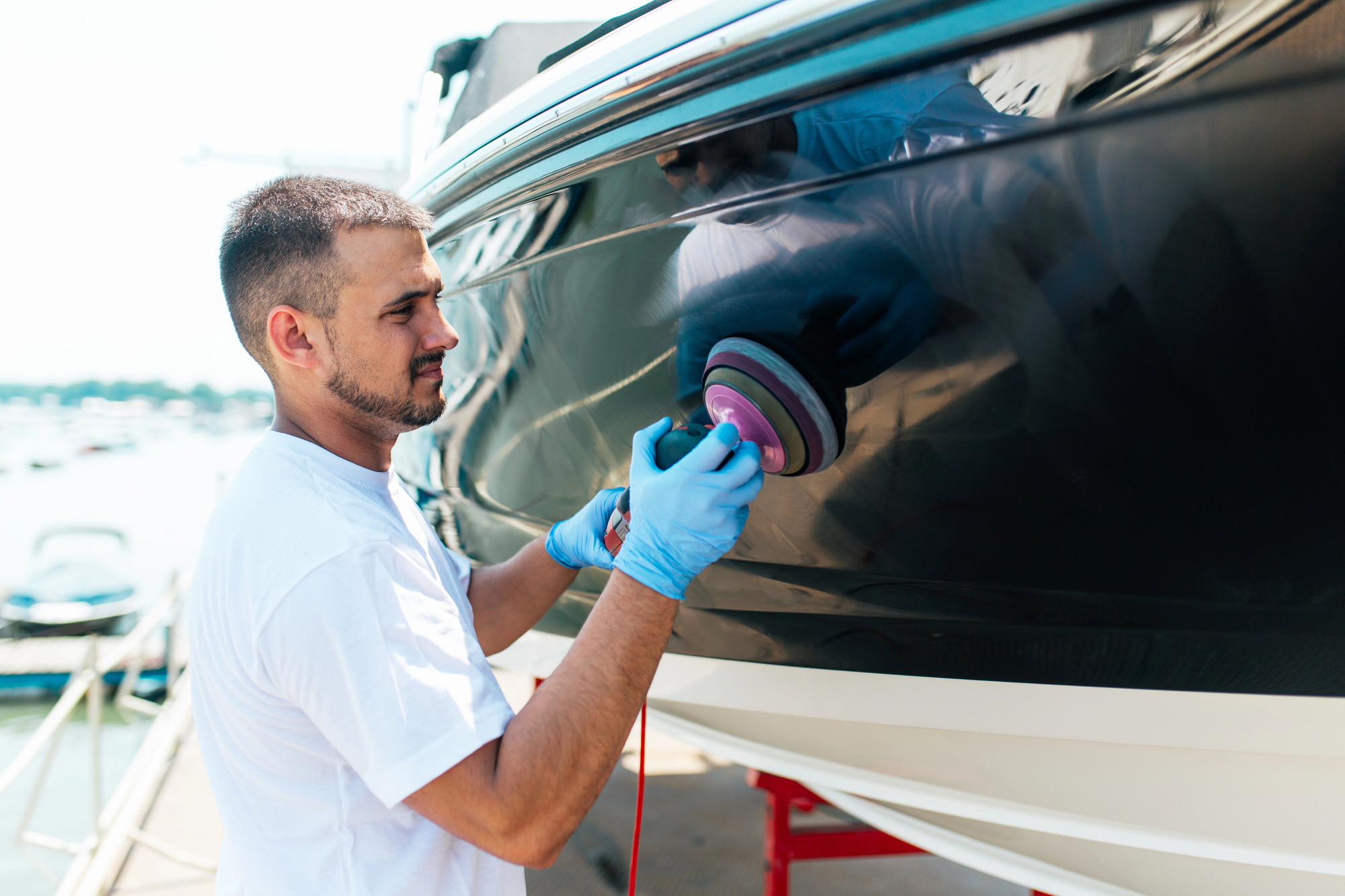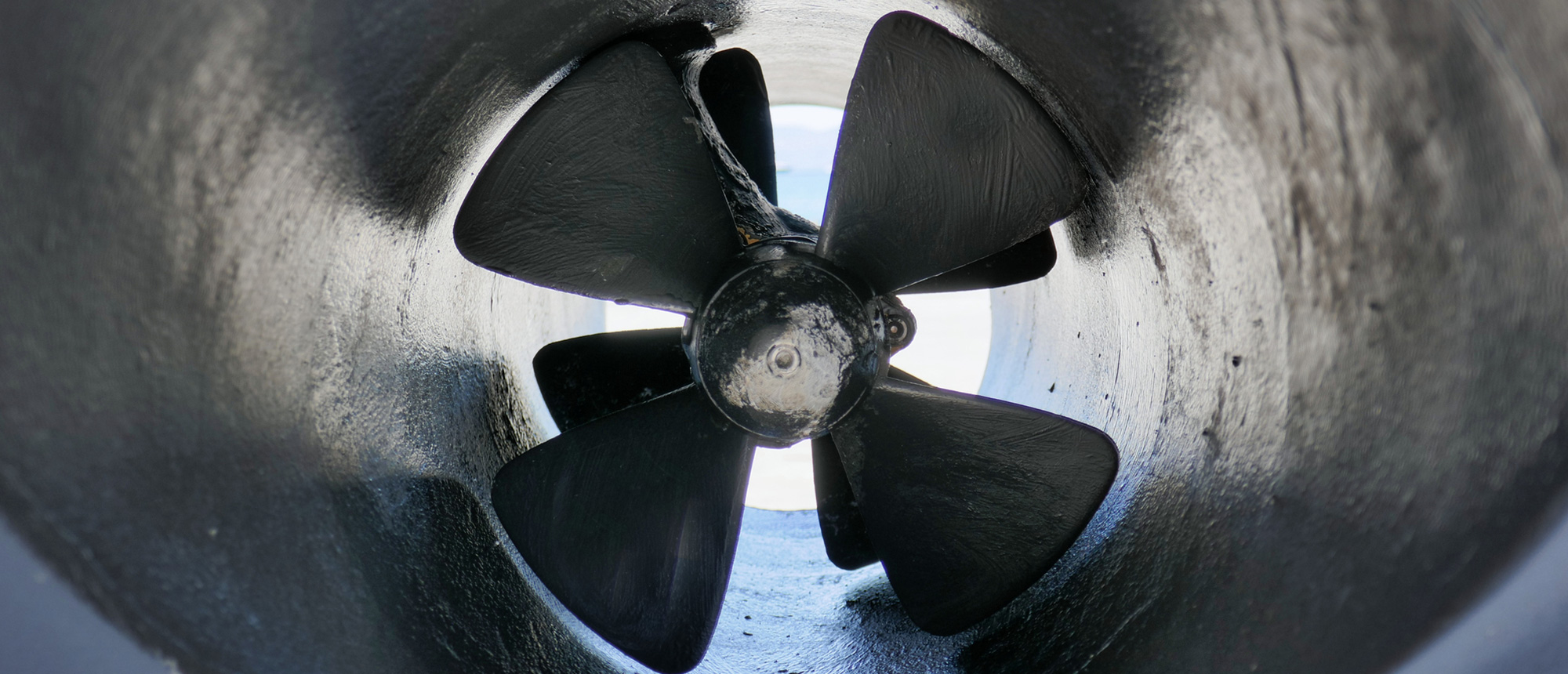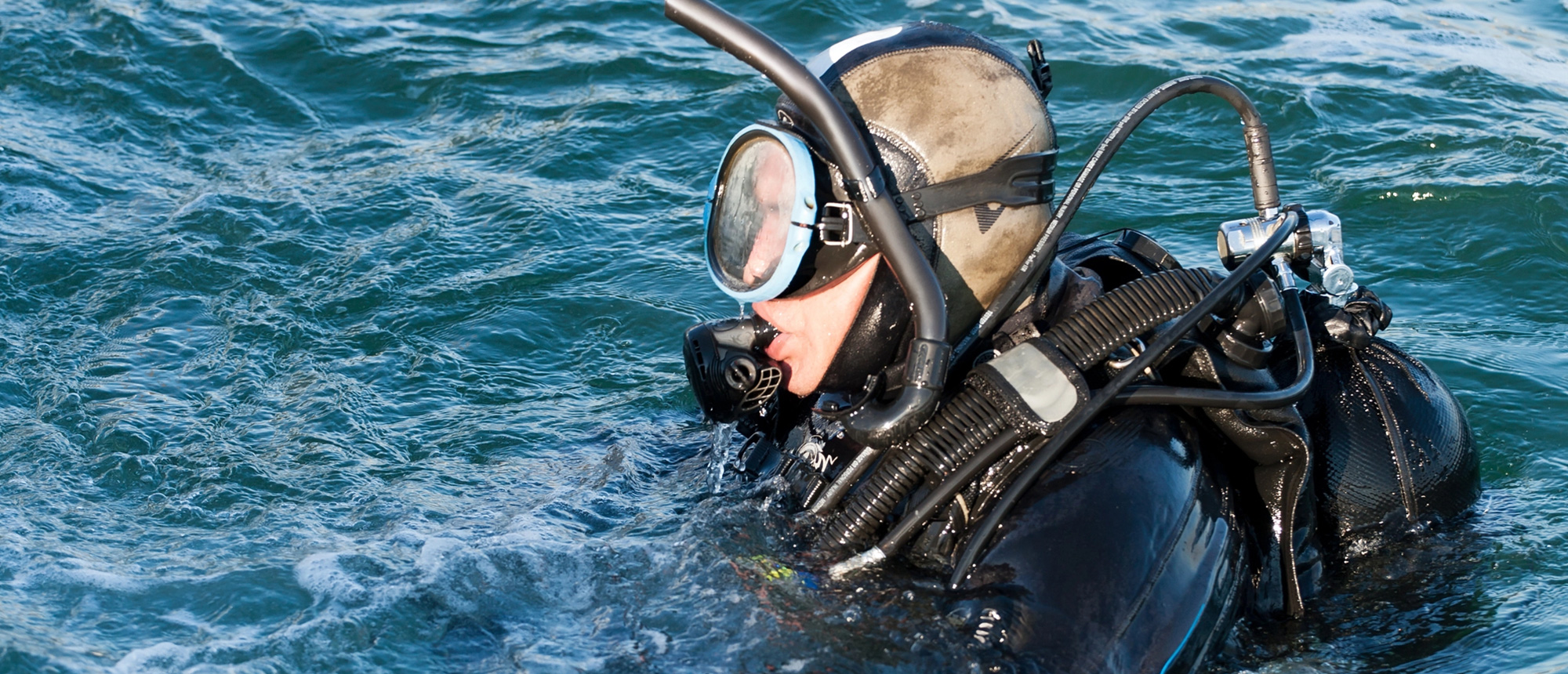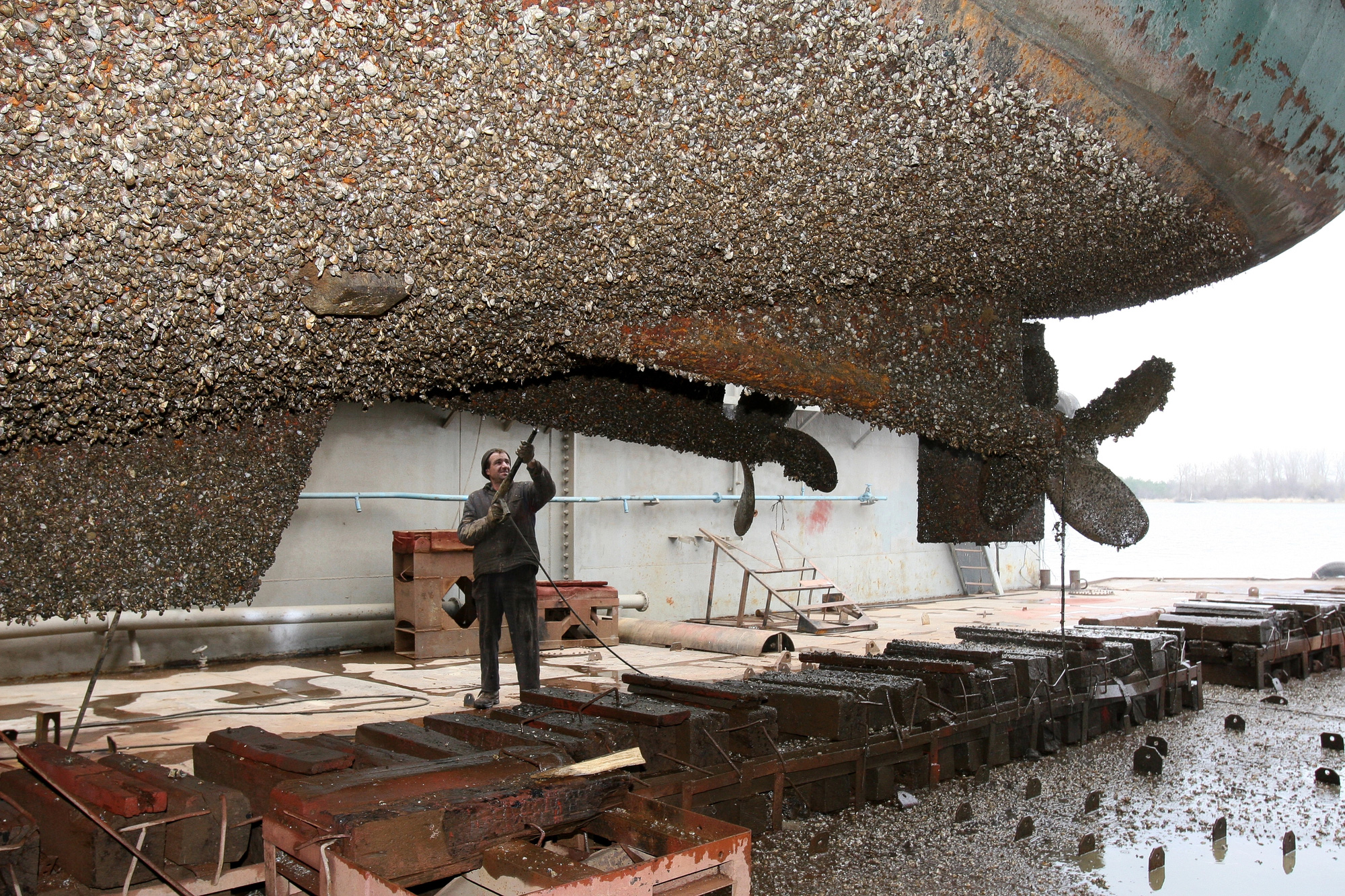Marine environments relentlessly attack underwater metal parts on boats and docks, causing ongoing corrosion. Dissimilar metals submerged in saltwater produce an electrical current that gradually damages one of the materials, leading to costly repairs if not addressed.
Understanding the science behind this process helps boat and dock owners protect their valuable investments effectively. Ignoring the signs of corrosion can cause structural weaknesses and costly repairs, compromising the integrity of both vessels and dock structures. Regular maintenance, including careful boat anode replacement, actively prevents this damaging process, preserving marine assets for years to come.
Common Types of Anodes Used on Boats
Marine vessel and dock owners often consider various types of anodes to effectively protect their underwater metal components from galvanic corrosion. Each anode material offers distinct properties, making it suitable for specific water conditions, ensuring optimal protection for their valuable marine assets.
- Zinc: Zinc anodes typically perform best in saltwater environments, providing superior protection against corrosion for various underwater metals. They offer excellent current output, making them a reliable choice for boats and docks operating in the ocean. Zinc anodes gradually deplete over time as they sacrifice themselves, safeguarding the more noble metals like propellers and shafts. Owners must regularly inspect these anodes to confirm their continued effectiveness and replace them when they show signs of significant wear.
- Aluminum: Aluminum anodes provide versatile corrosion protection and work effectively in both saltwater and brackish water conditions. They offer a good balance of performance and longevity, making them a popular choice among many boat and dock owners. Aluminum anodes contain indium, which helps prevent passivation, a film formation that can reduce the anode’s effectiveness over time. These anodes also exhibit a higher ampere-hour capacity compared to zinc, often lasting longer in similar conditions.
- Magnesium: Magnesium anodes exclusively serve in freshwater applications, offering robust protection for boats and dock structures located in lakes and rivers. They possess the highest voltage potential among common anode materials, making them highly reactive and very effective in less conductive freshwater. Using magnesium anodes in saltwater environments can cause them to corrode too rapidly, depleting quickly and providing insufficient protection. Freshwater boaters find magnesium anodes indispensable for preventing corrosion on their underwater metal parts.
Signs Your Boat’s Anodes Need Replacement
Detecting the signs of anode deterioration early helps marine vessel and dock owners prevent extensive corrosion damage to their valuable assets. Recognizing these indicators confirms that the anodes perform their sacrificial duty, actively protecting the more vital underwater metal components.
- Erosion: Visual inspection often reveals significant erosion on the surface of boat anodes, indicating they actively sacrifice themselves to protect your vessel. A heavily pitted or consumed anode clearly shows it effectively performs its intended function by corroding instead of your boat’s critical metal parts. The anode’s size visibly diminishes over time, losing its original shape and becoming noticeably smaller. Owners must regularly inspect anodes during haul-outs or dives to confirm that sufficient material remains to provide ongoing protection.
- Discoloration: Anodes frequently exhibit noticeable discoloration as they corrode, often turning a dull gray or white, indicating their active work. This change in color from their original metallic sheen signals the ongoing chemical reaction where the anode sacrifices itself to protect other metals. The surface might also show white powdery deposits, which are byproducts of the galvanic corrosion process. Such visual cues confirm that the anode depletes, making its replacement a necessary part of routine maintenance.
- Loose Mounting: Anodes secured to your boat or dock must remain firmly attached to effectively transfer their protective current to the surrounding metal. A loose or detached anode cannot properly protect your vessel’s underwater components, rendering it useless. Vibrations from vessel movement or strong currents can sometimes loosen mounting bolts, preventing the anode from making proper electrical contact. Owners must confirm that all anodes remain tightly fastened and make good contact with the protected metal surface.
How Often Should You Replace Boat Anodes?
Marine vessel and dock owners generally replace boat anodes annually, typically during scheduled haul-outs for bottom painting or other maintenance. The actual frequency, however, depends on several influential factors, including the type of water, vessel usage, and the original anode material. Boats frequently used in warm, highly saline waters may require more frequent anode checks and replacements due to accelerated corrosive activity.
Boat owners who keep their vessels in the water year-round without regular inspections must confirm the anodes remain effective to prevent hidden damage. Regularly inspecting anodes every six months allows for proactive replacement before significant corrosion occurs on vital components.
Factors That Accelerate Anode Deterioration
Several environmental and operational factors directly influence the rate at which boat anodes deteriorate, requiring marine vessel and dock owners to consider these when planning maintenance. Water temperature significantly affects corrosion rates; warmer waters generally accelerate the consumption of anodes due to increased chemical activity.
Salinity levels also play a crucial role, with higher salt concentrations in seawater leading to faster anode depletion compared to brackish or freshwater environments. Vessels that spend more time operating at higher speeds or in turbulent waters can experience increased wear on anodes due to physical erosion. The presence of stray electrical currents from shore power or other vessels in the marina also dramatically accelerates anode consumption, requiring frequent checks.
Choosing the Right Anode Material for Your Boat
Selecting the correct anode material provides vital protection for marine vessels and dock structures, preventing costly corrosion damage to underwater metal components. Marine vessel and dock owners must understand the differences between anode types to make informed decisions for their specific operating environments.
- Water Type: The type of water where a boat operates directly dictates the most effective anode material, ensuring optimal protection for submerged metals. Saltwater environments demand zinc anodes, which offer superior conductivity and sacrificial properties necessary to combat aggressive corrosion. Freshwater applications require magnesium anodes, as their higher reactivity ensures protection in less conductive water. Brackish water, a mix of fresh and salt, often performs best with aluminum anodes, offering a versatile solution for varying salinity levels.
- Protected Metals: Anode material selection also considers the specific metals requiring protection on the boat or dock, creating a galvanic couple that prevents corrosion. Different underwater components like propellers, shafts, and rudders consist of various alloys, each with a unique electrochemical potential. Matching the anode material to the specific metals being protected helps ensure the most effective sacrificial action occurs. Understanding the noble order of metals guides this selection process, placing the anode as the least noble to sacrifice itself first.
- Vessel Type: The design and construction of the marine vessel or dock structure influence the appropriate anode selection and placement for comprehensive corrosion prevention. Larger vessels with more extensive underwater metal surfaces often require more anodes or anodes of greater mass to provide sufficient protection. High-performance boats with specialized running gear may necessitate specific anode types designed for those components. Dock structures, with their varied underwater metalwork, also require a tailored anode strategy to cover all vulnerable areas adequately.
- Operating Conditions: The specific operating conditions and usage patterns of a boat or dock significantly impact the rate of anode consumption, thereby influencing the material choice. Vessels that frequently moor in active marinas with shore power connections may experience increased stray current corrosion, demanding more robust anode protection. Boats that spend extended periods without movement in warm, saline waters also consume anodes faster. Owners must factor in these unique operating scenarios to confirm their chosen anodes offer continuous and reliable protection.
Step-by-Step Guide to Replacing Boat Anodes
Marine vessel and dock owners can confidently replace boat anodes by following a clear, systematic approach, ensuring proper protection for their underwater metal components. This process requires attention to detail and the right tools to achieve effective results.
- Gather Tools: Prepare all necessary tools and materials before starting any anode replacement work, ensuring a smooth and efficient process. You will need new anodes of the correct material and size for your specific application, confirming compatibility with your vessel or dock. Gather wrenches or sockets that fit the anode mounting hardware, a wire brush or sandpaper to clean contact surfaces, and a torque wrench for proper tightening. Having everything ready minimizes downtime and makes the job much easier.
- Locate Old Anodes: Carefully identify the location of all existing anodes on your boat or dock structure, as they often reside in various strategic positions. Common anode locations include the propeller shaft, trim tabs, rudders, hull, and sometimes engine heat exchangers. For dock structures, anodes appear on pilings, gangways, and other submerged metal components. A thorough inspection confirms you find every anode, preventing overlooked areas from becoming vulnerable to corrosion after replacement.
- Remove Old Anodes: Carefully remove the old, depleted anodes, paying attention to any existing mounting hardware. Use the appropriate wrench or socket to loosen and remove the bolts or screws securing the anode to the metal surface. Sometimes corrosion or fouling might make removal difficult, requiring a bit of force or a penetrating lubricant. Discard the old anodes responsibly, as they often contain heavy metals and should not enter the marine environment.
- Clean Mounting Surface: Thoroughly clean the mounting surface where the new anode will attach, ensuring excellent electrical contact for effective corrosion protection. Use a wire brush, sandpaper, or a Scotch-Brite pad to remove any accumulated corrosion, paint, or marine growth from the metal surface. A clean, bare metal-to-metal connection maximizes the anode’s ability to sacrifice itself and protect the surrounding components. Confirm the area remains dry and free of debris before installing the new anode.
Protect Your Investment with Hull 2 Prop’s Marine Anode Replacement Services in Florida
Marine vessel and dock owners routinely protect their valuable investments against the damaging effects of corrosion. At Hull 2 Prop, we offer expert marine anode replacement services in Florida, preserving the integrity of your underwater assets. Our team offers high-quality boat anodes for sale in Florida, providing you with peace of mind. Connect with us today to schedule your essential marine maintenance and keep your vessel and dock in top condition.







